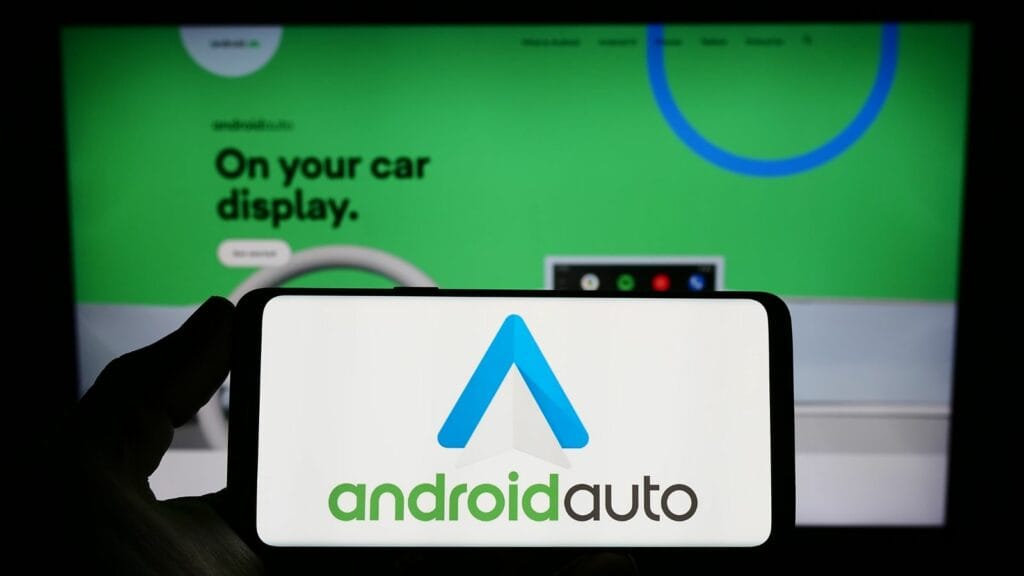Car companies used to be obsessed with building their own infotainment systems. But those days are fading fast. Drivers want their tech to just work and that means handing over dashboard control to Apple and Google. Across Canada and the world, manufacturers are waving the white flag and choosing smartphone integration instead of trying to reinvent the touchscreen.
Customers Expect Seamless Smartphone Integration
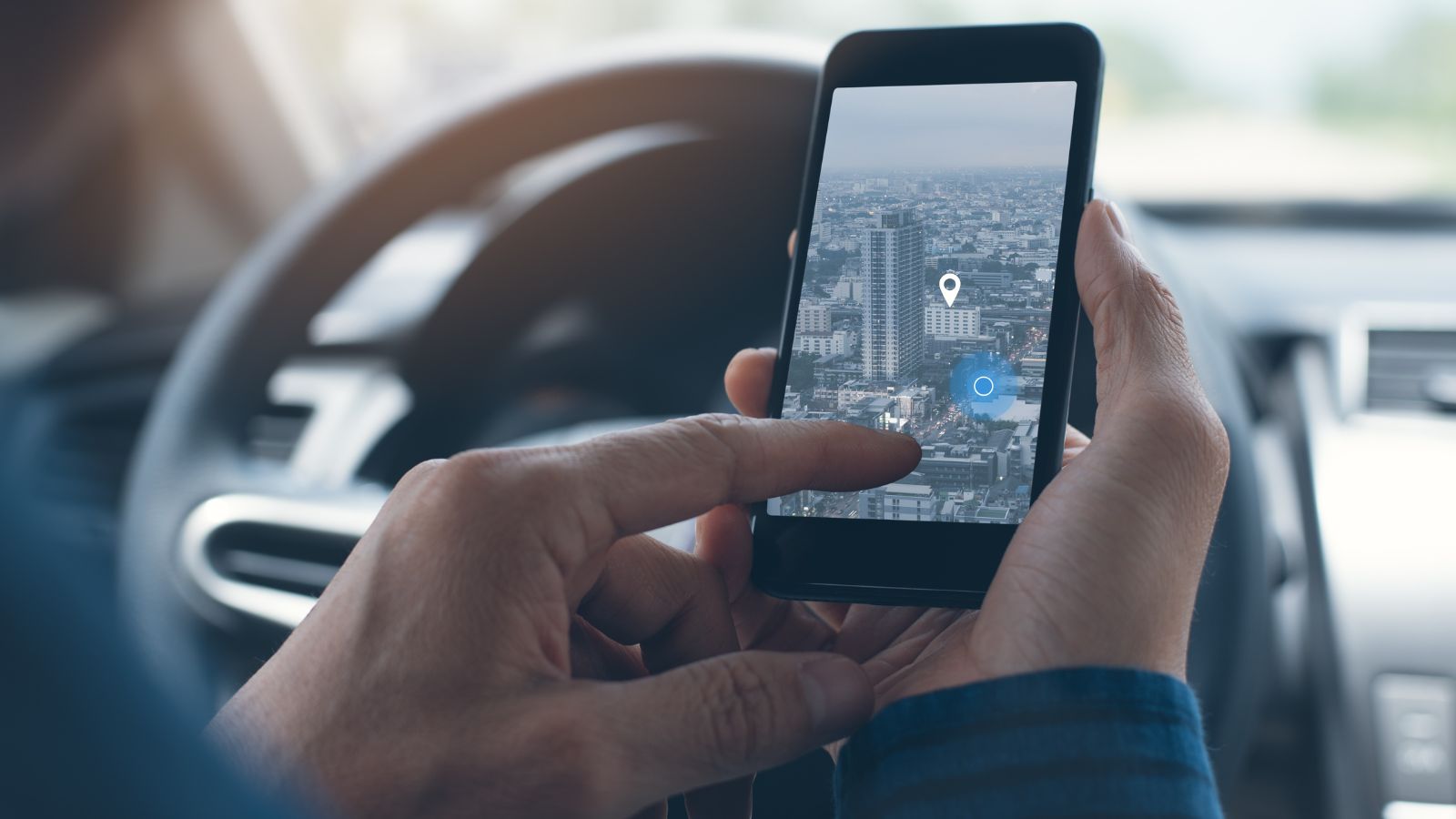
Today’s drivers live through their smartphones. Whether it is mapping your trip, streaming a podcast, replying to a message, or asking your voice assistant to find the nearest coffee shop, it all happens through your phone. People expect that same convenience the moment they start the car. If it feels like a downgrade, that car suddenly becomes less appealing. Apple CarPlay and Android Auto provide instant access to everything familiar, without compromise. Drivers can jump between cars and still feel at home.
Manufacturer Software Was Often Terrible
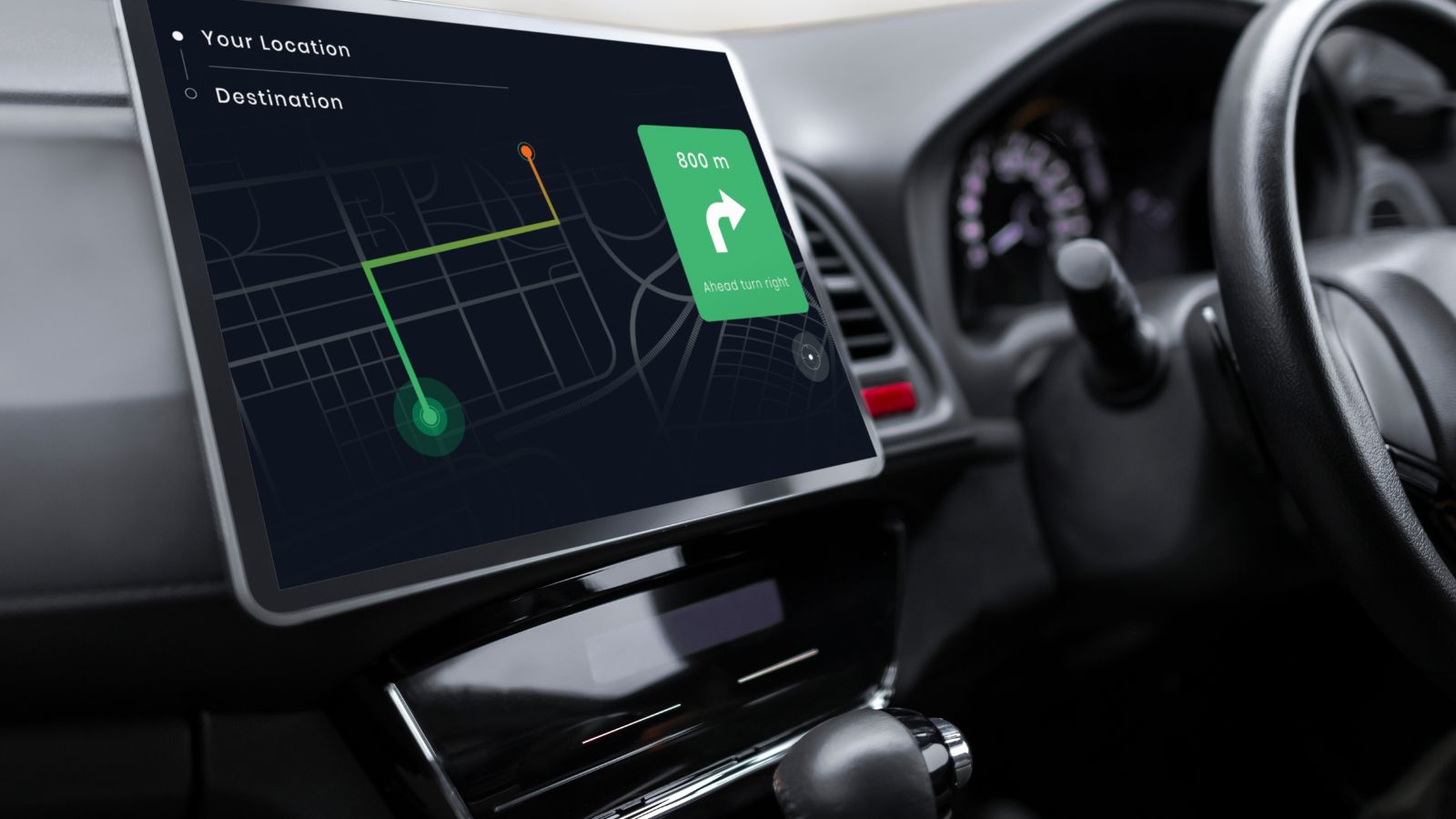
Ask any car owner from the last decade and you will hear horror stories. Freezing screens, unresponsive menus, outdated graphics — it all made the car feel clunky. Some systems required five clicks just to change the radio station. Others never connected properly with your phone at all. Instead of delighting customers, these systems frustrated them. People started demanding CarPlay and Android Auto in new vehicles because they trusted those platforms more than the one built into the dashboard.
Software Development Is Expensive
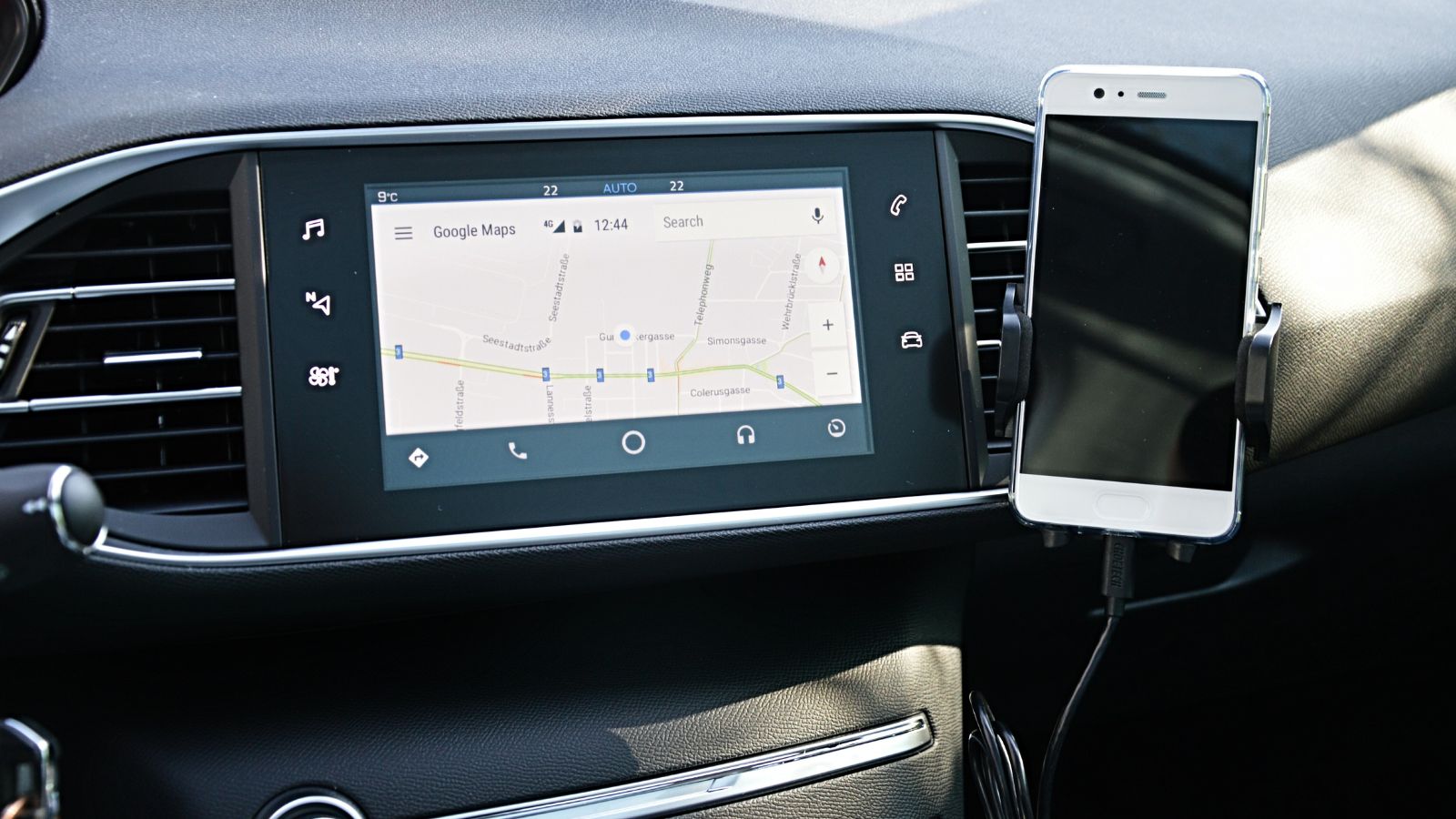
Creating a usable, modern, and bug free infotainment system is no small task. It is not just about writing code. Carmakers have to invest in user interface designers, hardware integration teams, testing protocols, and ongoing updates. That adds up fast. And even after spending millions, they still often fall short. With CarPlay and Android Auto, the car just needs to support the platform. Apple and Google take on the heavy lifting, and the automaker saves money while keeping drivers satisfied.
Apple and Google Keep Things Updated
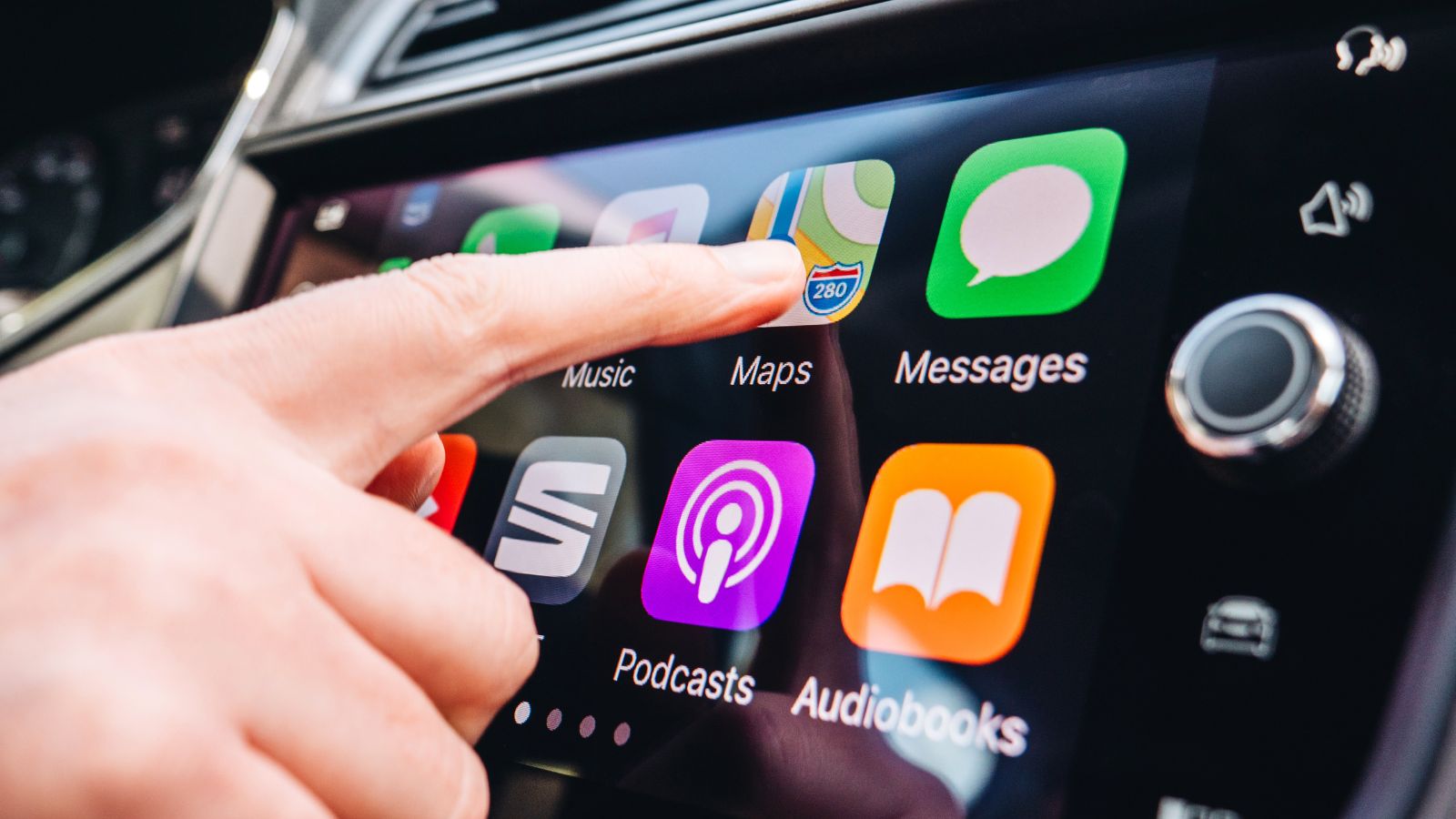
One of the best parts of smartphone based systems is that they evolve constantly. Every year, Apple and Google roll out new features, update app compatibility, improve security, and smooth out bugs. You do not have to wait for the next model year. Even a two year old car can feel fresh thanks to a phone software update. Carmakers just cannot match that pace of change. By letting Apple and Google lead the software game, drivers get the best tech experience without buying a new vehicle.
Voice Assistants Actually Work
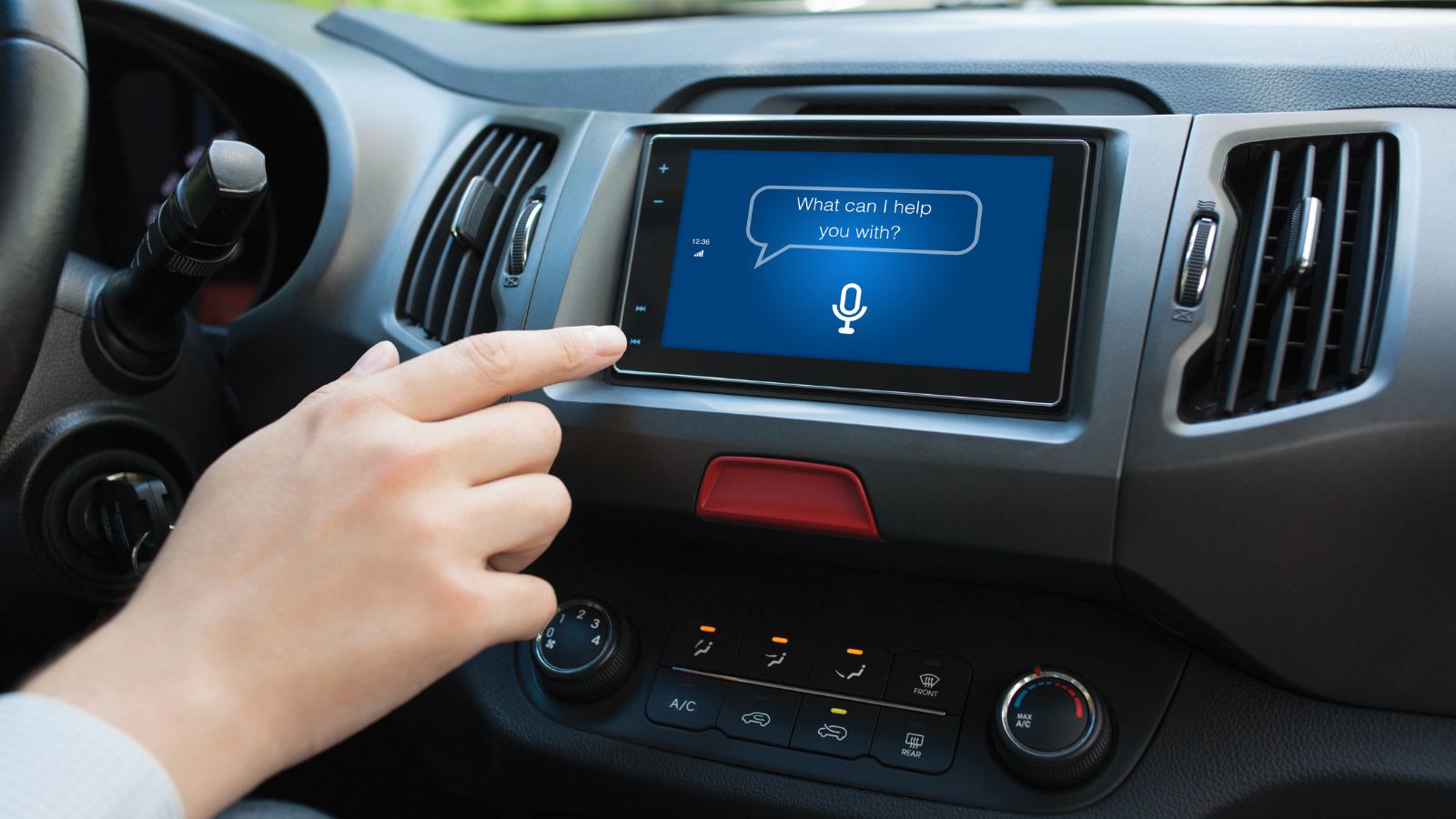
Back in the day, using voice commands in a car was like shouting into a tin can. Most built in assistants misunderstood you or just froze. Now, people can talk to Siri or Google Assistant like a co driver. Set a destination, send a message, or ask for weather updates — all hands free and reliable. This matters especially in Canada where you may need to call for directions while dealing with snow covered roads. Good voice control adds real safety and real convenience.
Easier Access to Popular Apps
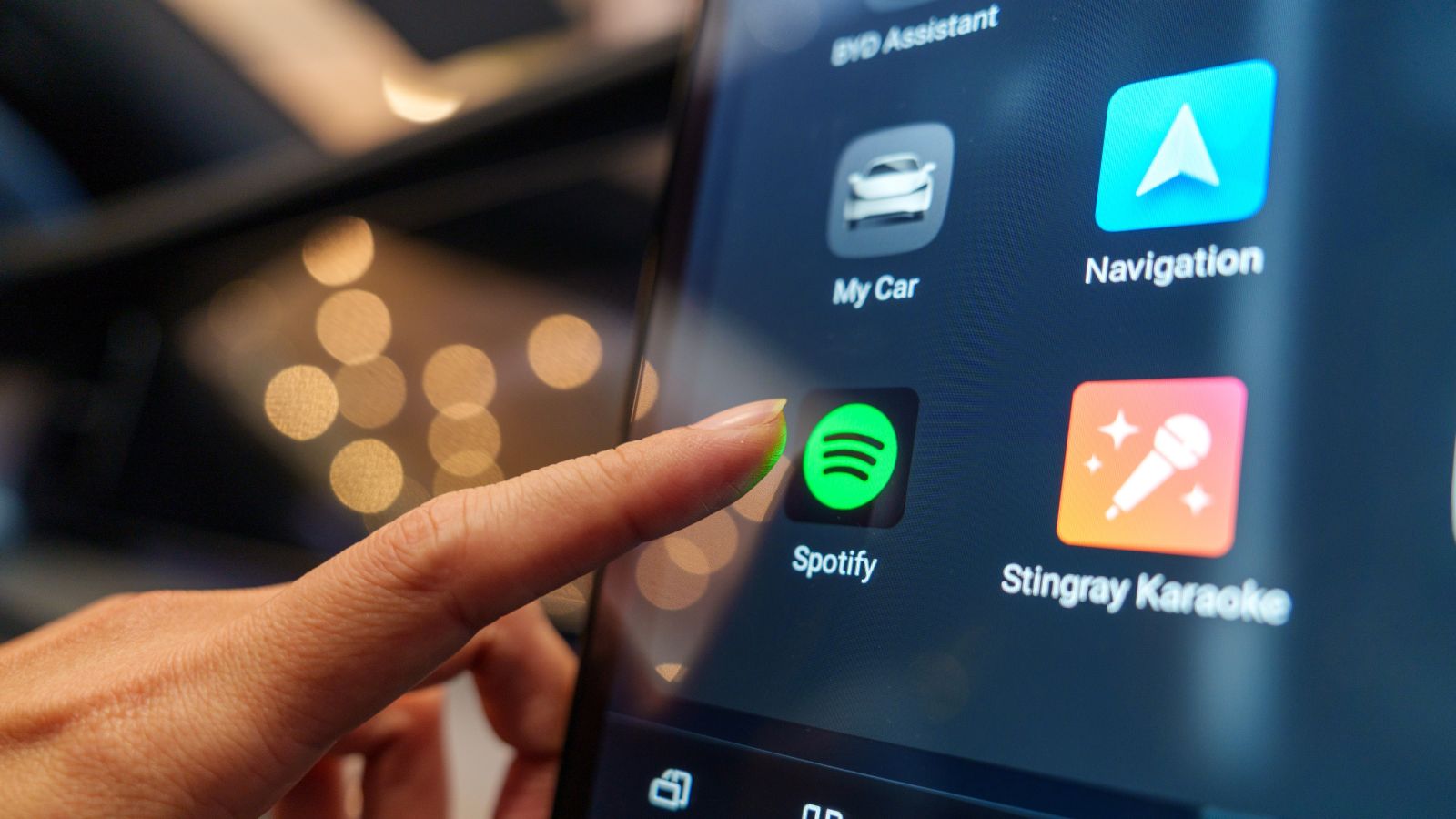
Most people already have their go to navigation, music, and messaging apps set up on their phones. Why relearn a clunky in car app when Waze or Spotify are a tap away on the same screen? With CarPlay and Android Auto, the apps you already use work right inside the vehicle. They are optimized for display, safe to use while driving, and do not require a second set of logins. It removes all the friction between your digital life and the road.
Customers Want Familiar Interfaces
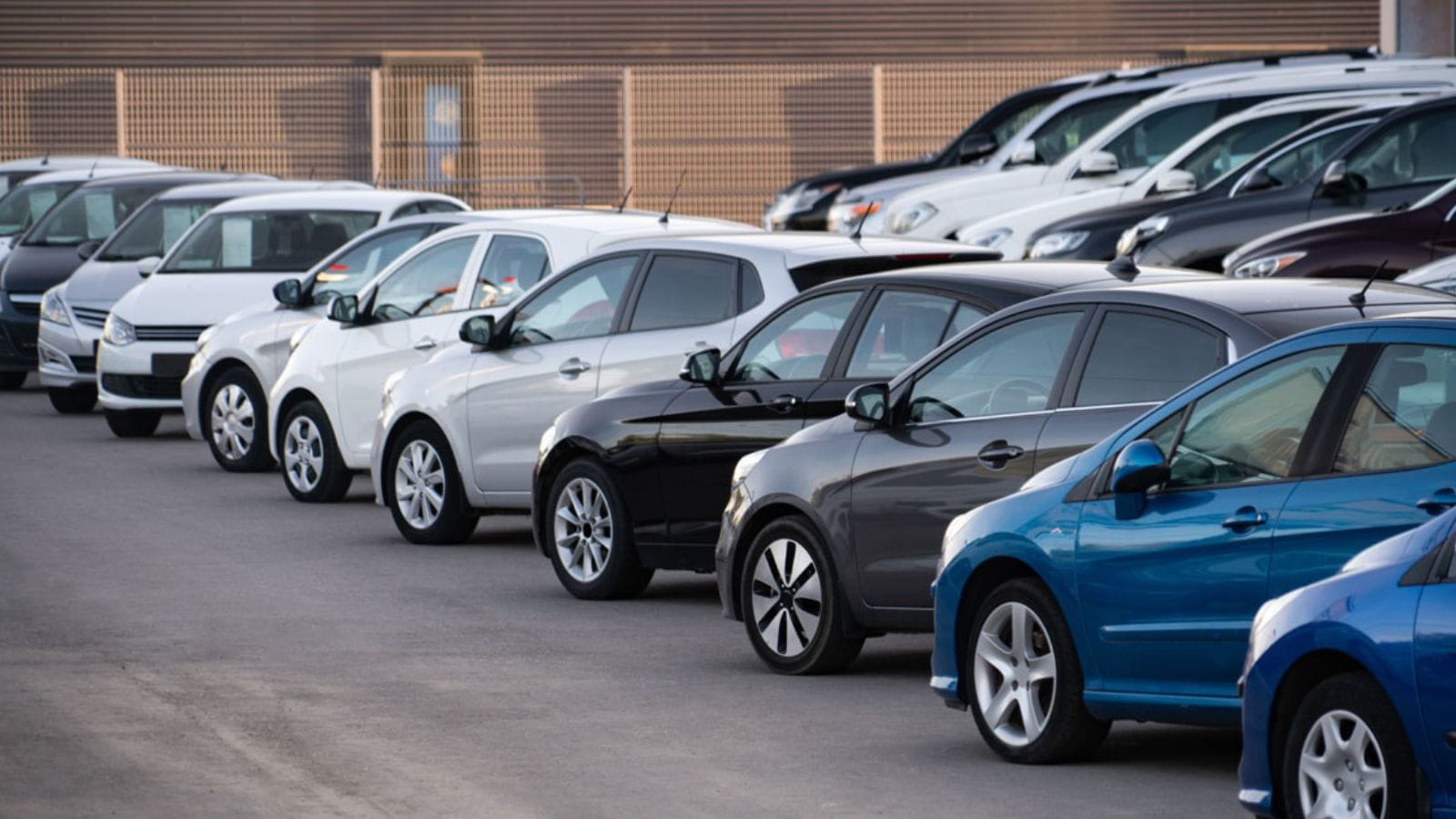
Changing cars used to mean adapting to a whole new setup. One car used knobs and sliders, another used touch and scroll wheels. With smartphone mirroring, everything looks and feels the same. No learning curve, no frustration. Your iPhone or Android screen layout carries over right to the dashboard. That familiar layout makes it easier to stay focused on driving. Whether you are in a compact hatchback or a full size pickup, you already know your way around the system.
It Boosts Perceived Value
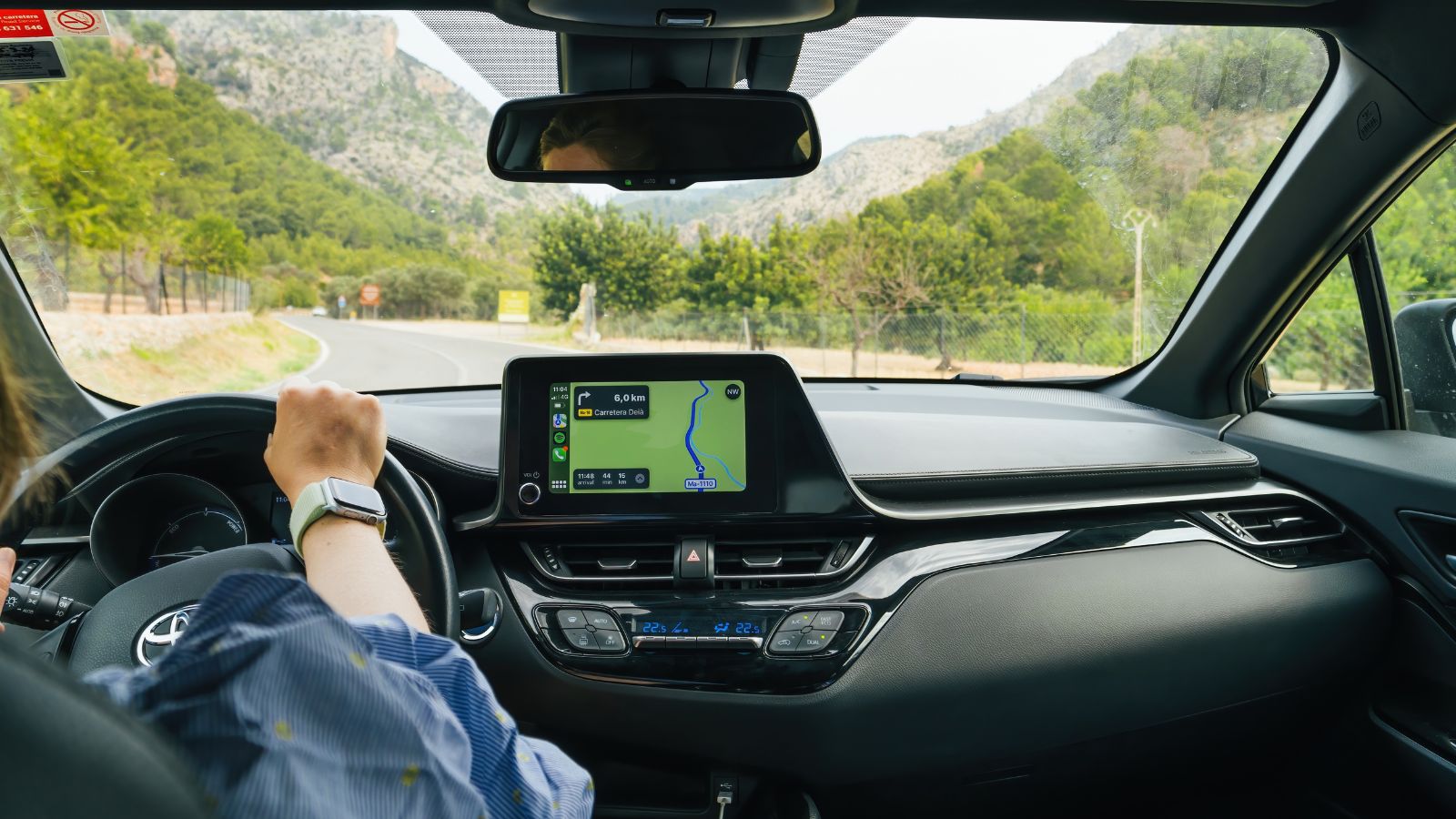
A car that supports CarPlay or Android Auto often feels more modern than one with a fancy but hard to use in house system. Customers shopping on a budget will pick the model that has smartphone support, even if it costs a bit more. It gives the impression of being high tech without requiring premium trim levels. Especially in compact and mid size vehicles, this one feature can be a major selling point that outweighs even more horsepower or leather seats.
Regulatory Pressure on Distractions
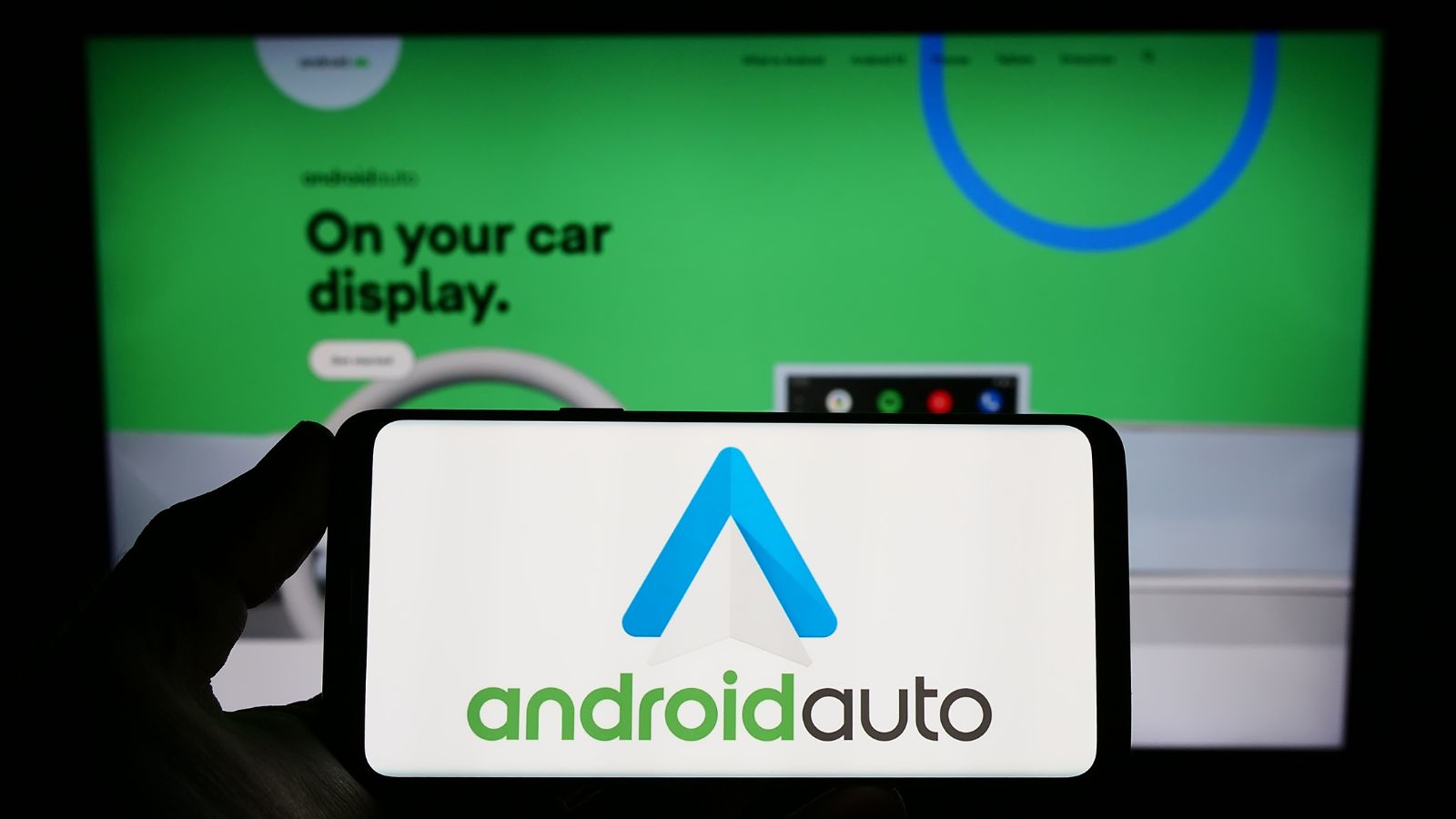
Distracted driving laws are getting tighter, and for good reason. Bad infotainment systems that force drivers to fiddle with menus are a real hazard. Apple and Google have spent years designing their systems to reduce distraction. Big icons, voice control, and intuitive layouts make it easier to keep eyes on the road. For carmakers, offering CarPlay or Android Auto helps them meet safety standards while giving buyers peace of mind. It is good marketing and good public policy rolled into one.
Drivers Use Phones as Primary Devices
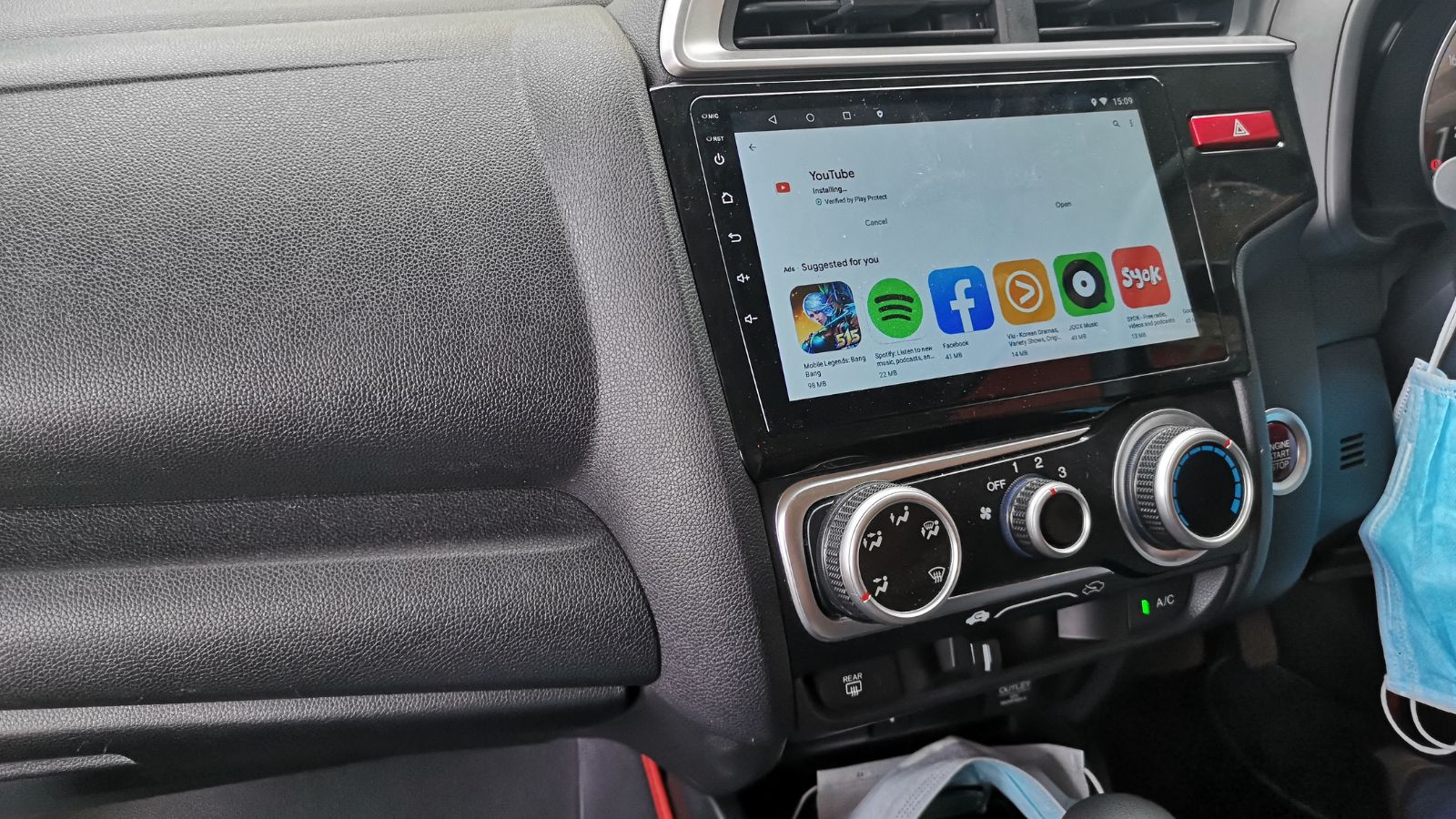
Everything you do is already tied to your phone. That includes your calendar, your playlists, your navigation preferences, your contacts, and your recent searches. Most factory systems cannot compete with that level of personal integration. People do not want to load their info into a new car system — they want to plug in and go. This shift means the phone has become the central hub, and the car is just another screen. That is a fundamental change in how people relate to vehicles.
25 Facts About Car Loans That Most Drivers Don’t Realize

Car loans are one of the most common ways people fund car purchases. Like any other kind of loan, car loans can have certain features that can be regarded as an advantage or a disadvantage to the borrower. Understanding all essential facts about car loans and how they work to ensure that you get the best deal for your financial situation is essential. Here are 25 shocking facts about car loans that most drivers don’t realize:
25 Facts About Car Loans That Most Drivers Don’t Realize
